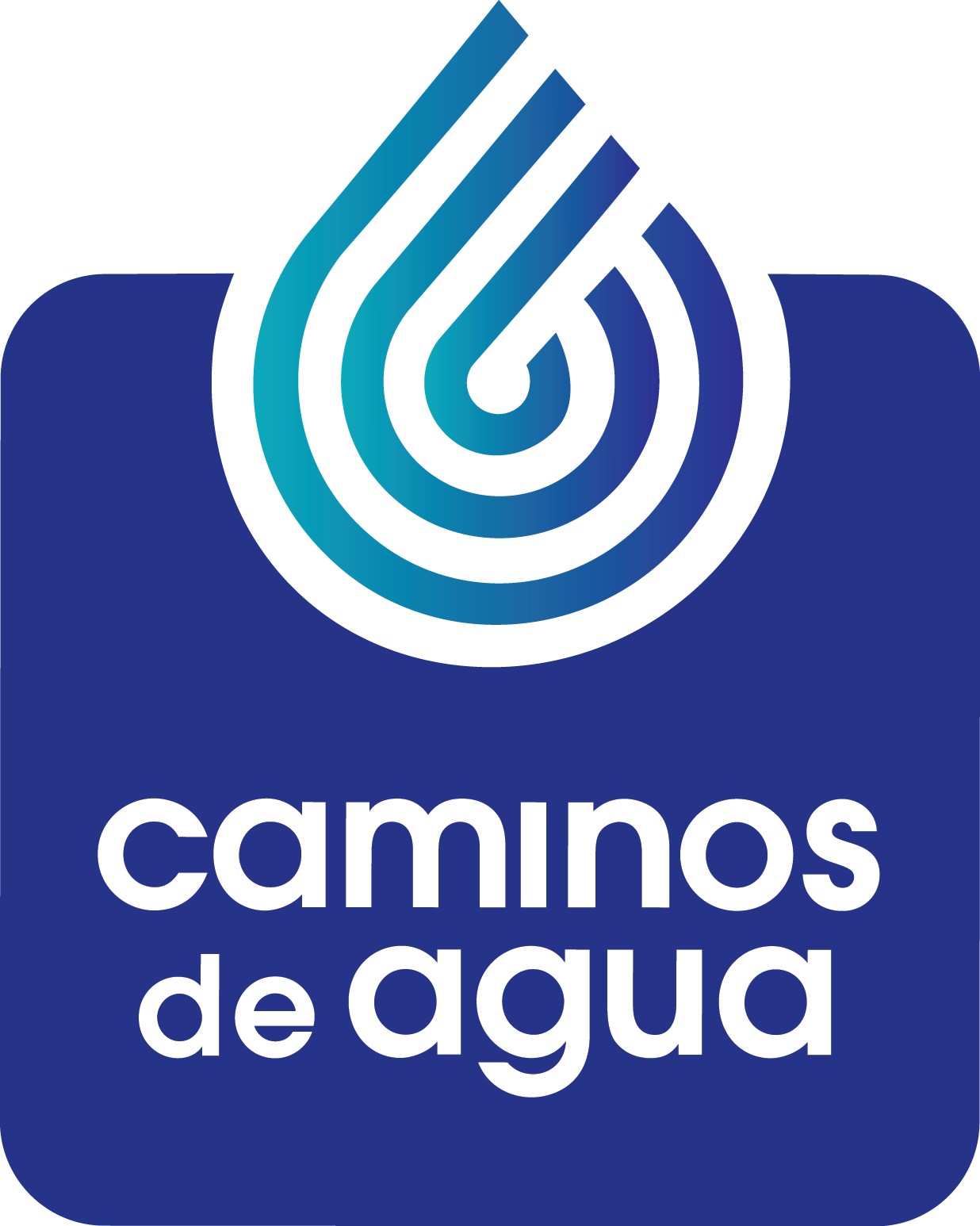Agua Vida | September Press Release
15 NGOs respond to the call made by the municipality to improve the water situation in San Miguel de Allende and recommend greater transparency of the process
The Agua Vida Coalition (the Coalition) responded to the call for public input on the "Municipal Program for Urban Development and Territorial Ecological Planning of the Municipality of San Miguel de Allende, Guanajuato."
The fifteen organizations that make up the Coalition are:
El Máiz Más Pequeño, Salvemos al Río Laja, Feed the Hungry, Educación Colaborativa, Fundación de Apoyo Infantil, Audubon Society, Amigos de la Presa, Ojalá Niños, Patronato Pro Niños, Caminos de Agua, Casita Linda, Vía Orgánica, El Charco del Ingenio, Midday Rotary Club, Club Rotario San Miguel de Allende
The Coalition states that it is crucial to reverse the ecological imbalance caused to the water system by the growth of the municipality in recent years, and it highlights the importance of protecting and restoring the area of the Támbula Picachos watershed as well as giving more transparency to the public input process.
Agua Vida Coalition recommendations to the Urban Development and Management Program
The document presented by the Agua Vida Coalition makes the following recommendations (among others):
Update the information used to represent the levels of arsenic and fluoride in the region's water and on the shortage and depletion of aquifers
The norm for arsenic in the water used by the municipality is incorrect. The municipality is using a 1994 standard that has been updated 5 times since then. The Coalition recommends the use of the Mexican arsenic limit of 0.025 mg / L (NOM 127) and a reevaluation of the municipality's conclusion that arsenic and fluoride levels present no public health risk. The Coalition also notes data used in reaching this conclusion is more than 13 years old. More recent studies have been carried out for years by organizations monitoring these levels in the region and show that levels of these two contaminants are above Mexican limits (and significantly above the stricter World Health Organization limits). The municipality should use updated information before concluding that the levels of these contaminants in the water present no risk to the population's health.
The case of the community of Guanajuatito/Puerto de Nieto is presented as an example. There, according to independent sampling by a government certified Mexican laboratory, arsenic levels are 0.0606 mg/L, which is six times above the limits set by the WHO and more than double the Mexican limits. Also, studies by the University of Texas A&M show arsenic levels of 0.069 mg/L which corroborate the laboratory study previously mentioned.
There are also more recent studies (done in the last 3 years) that show the vulnerability and depletion of water in San Miguel de Allende due to excessive overexploitation of the aquifer. The exploitation of the aquifer has serious implications and will affect the availability of water in the region in the long term.
A review of the Environmental and Territorial Management Units (UGATs) is recommended to avoid environmental pollution, to restore water systems in the municipality as well as those those of the Támbula Picachos watershed area
A review and delineation of the elements of the plan are requested to reverse the water imbalances that have been created in the region. UGATs should be analyzed to contemplate that the following is complied with:
a. Rezoning of the UGATs related to the runoff of the Picachos Támbula Basin; b. Regulation of the UGATs to prohibit direct discharges to rivers and streams; and c. Protect riverbanks in the region by declaring them restoration and ecological conservation areas so that actions can be implemented to improve them and thus protect water systems.
Include requirements for rainwater catchment in new construction.
The Coalition proposes all UGATs include regulations requiring that all new urban and industrial constructions contemplate the rainwater harvesting and passive water recharge areas.
This action would put the Municipality of San Miguel de Allende at the forefront nationally on the issue of rainwater harvesting. Furthermore, it would show its commitment to the environment.
The Coalitions’ recommendations were presented to the Municipal Planning Institute (IMPLAN) on the first of September of this year. All input from the public was presented through the same platform and will be analyzed to be by the State Program for Urban Development and Territorial Ecological Planning (PEDUOET), as well as current legislation.
Agua Vida Coalition is concerned about the transparency in the input process
Although the organizations that make up the Agua Vida Coalition welcome the initiative of the municipality to summon citizen input in the creation of the development plan, they have some concerns about the transparency and timing of the process and urge dialogue on the topic.
Currently, there is no public access to the public’s recommendations.
Citizen recommendations have not been made public. To date, IMPLAN has not expressed its intention to make them public or to announce which of the recommendations will be incorporated into the development plan, which were rejected and how final decisions will be made.
The Coalition believes that transparency is crucial to the credibility of the process, otherwise, the call for public input becomes a farce because it does not take into account the recommendations of the citizens.
The Coalition understands that IMPLAN must now analyze all public recommendations that were submitted and will be monitoring the municipality's response. The organizations that make up the Agua Vida Coalition are willing to continue collaborating in processes that are public and transparent from the outset.
